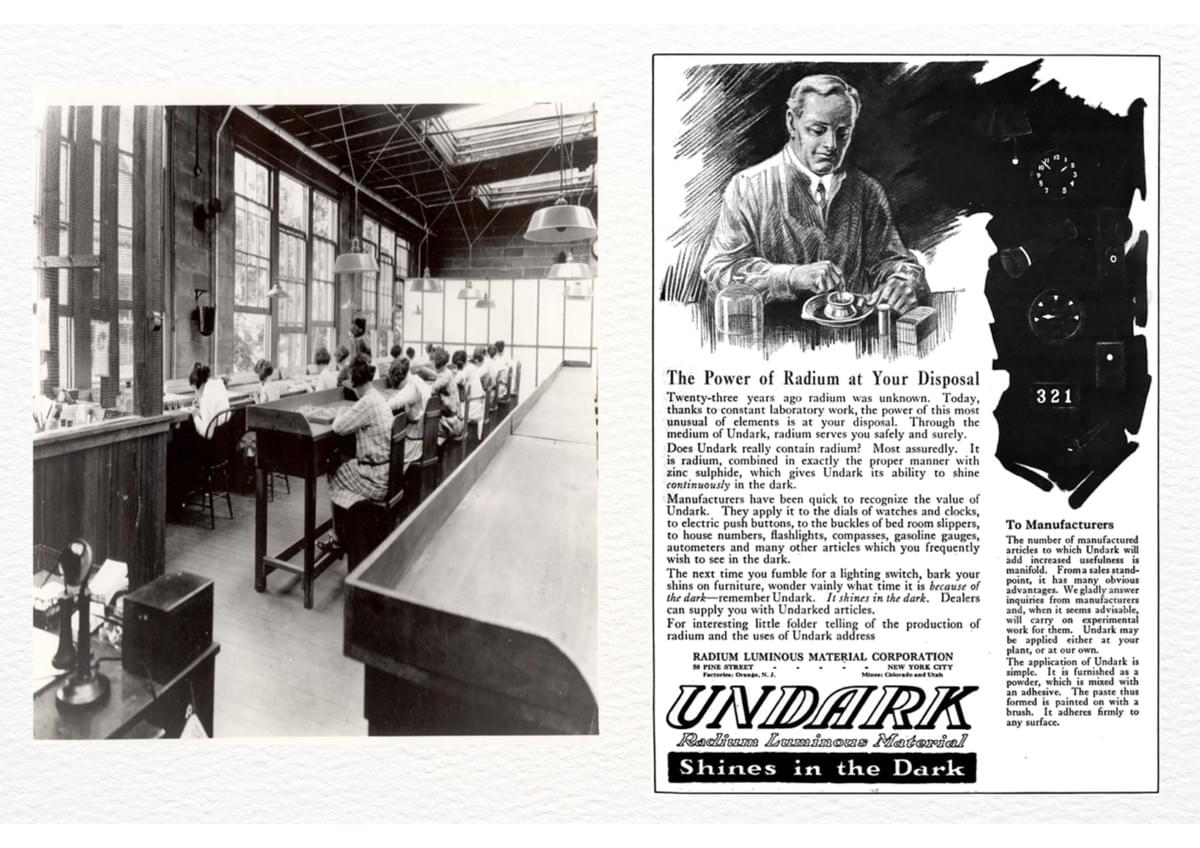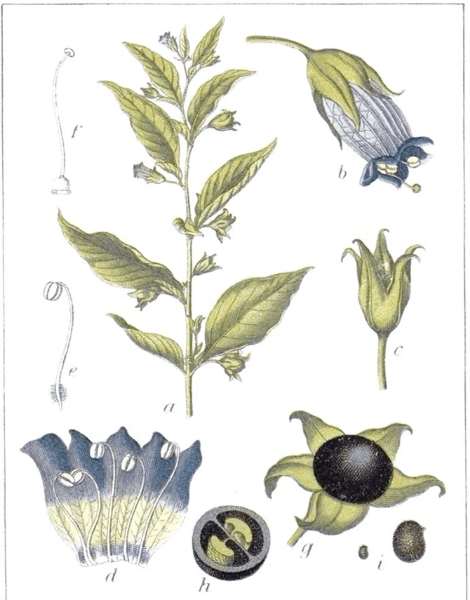Nowadays, we enjoy a wide variety of cosmetics products with impressive concealing power – able to cover our spots and blemish or brighten our skin tone. Most of the cosmetic products are well regulated and safe. However, in the past, due to limited understanding of chemical science and the prevailing aesthetic standards of different era, people pursued beauty through astonishing and hazardous means. From ancient Rome lead-based powders to radioactive arsenic soap and face creams of the Victoria era, the pursuit of aesthetic perfection has frequently collided with chemical danger. In the era when science had not yet illuminated the blind spots of cognition, highly toxic substances such as lead, mercury and arsenic were regarded as “beauty elixir”, but their lethality was concealed layer by layer by commercial lies and distorted aesthetics.
In ancient Rome, the aristocrats were obsessed with pale skin — a visual marker of noble status that implied a privileged freedom from outdoor labor. To achieve this, many used lead white foundation, chemically known as basic lead carbonate. They smeared this substance on their skin, ignoring its high toxicity which is comparable to the danger of industrial wastewater.
According to the archeology and documentary evidence, the fertility of Ancient Rome decreases significantly, which can largely be attributed to the excessive chronic intake of lead elements. In addition to impairing reproductive health, lead also damages the nervous system and disrupts hormonal regulation. For example, noblewomen used a lead-containing shampoo to prevent hair loss, but they instead suffer from neurotoxicity, hormonal imbalance, and brain damage. Research shows that lead poisoning can inhibit the secretion of luteinizing hormone (LH) and follicle-stimulating hormone (FSH), leading to reduced or absent ovulation.

To continue, the Victorian era inherited the European ideal of pale and delicate skin, and took it to new extremes, leading to the rise of another “noble assassin”. Inspired by the romanticized image of tuberculosis patients in the novel “La Traviata”, women is drawn to arsenic products that exaggeratedly promised translucent skin. The advertisements claimed that arsenic (As), chemically a toxic metalloid, can promote blood circulation and make one’scheeks rosy and transparent.
It might be dreadful to think, but arsenic-containing soaps, powder, and even edible wafers became widely used across all social classes due to their affordability and seductive advertising. However, arsenic interferes with cellular respiration and destroys biological macromolecules, leading to cancer, liver and kidney failure, and death. The widespread consumption of arsenic cosmetics is one of history’s most striking examples of aesthetic obsession overriding public health.
Around the twentieth century, the Curies discovered radium—a radioactive element. The radioactive properties of this substance led to the rise of a scientific myth surrounding radioactivity. For the sake of economic interest, capitalists exaggerated its effects, claiming that radium could rejuvenate the body, and thus marketed radium products at prices several million dollars per gram, making them the exclusive to the wealthy. Radium possesses a unique characteristics: it emits fluorescent green light at night. This feature led to the infamous “radium girl” incident. Female workers in a U.S. watch factory, responsible for applying radium-based luminous paint, were instructed to lick the tips of their brushes during installation of watches. Over time, many of them suffered from osteonecrosis and jawbone decay. Fearing the impact of negative publicity on sales, the company invited experts to investigate the causes of death. However, when the findings confirmed that radium containing pigments were to blame, the company's manager angrily tore up the report and funded opposing research. He also publicly accused the sick workers of trying to exploit the company by blaming their pre-existing diseases, which was both unacceptable and immoral.

Radium-containing cosmetics, including radium cream, skincare powder, and radium bath water, also harmed the consumers – causing body distortion, cancer and other shocking symptoms. It was not until
the 1920s that medical research confirmed the carcinogenic nature of radium. The substance, once hailed as a miracle, became a death trap. In 1938, the United States passed the Food, Drug, and Cosmetic Act, explicitly banning the addition of radioactive substances to consumer products.
Toxic beauty practices were not limited to arsenic and radium as many terrifying makeup methods still existed throughout the history. Since the 16th century, belladonna (deadly nightshade) has been very popular among women. Many used it as an eye drop to dilate their pupils and create an alluring, “innocent”, and noble appearance. The active compound, atropine, is a neurotoxic alkaloid that blocks neurotransmission in the parasympathetic nervous system.

Even small doses can cause hallucinations, paralysis, or death. Other substances such as mercury (Hg) and thallium (TI) were also used in foundations and whitening creams. All these examples illustrate how dangerous beauty trends were perpetuated across centuries under the disguise of elegance.
Thanks to modern advancements in medicine and chemistry, today’s cosmetics are far safer. Yet the lessons of history and recent cases warn us that the pursuit of instant beauty often come with potential health risks. Examples include whitening creams with excessive mercury, formaldehyde-containing hair perming agents, and illegally fat-dissolving injections. All these cases reveal a cruel reality: driven by commercial interests and aesthetic anxiety, consumer safety and health can be largely sacrificed.
As a central science, chemistry plays a dual tole: both as the drive for cosmetic innovations and the safeguard against their risks. With increasing public awareness and demand for sustainability, green chemistry and biosynthesis technologies have emerged as essential alternatives which prioritize non-toxic yet eco-friendly ingredients without compromising efficacy. The story of cosmetics is not just about changing beauty standards, but also a reflection of the everlasting struggle of humanity between efficacy and safety, and of chemistry’s evolving responsibility to protect us from the hazards of our own inventions.

